Guest post by Sabine C. Carey and Neil J. Mitchell

With the downing of Malaysia Airlines Flight MH17, the conflict in eastern Ukraine has taken another turn for the worse. Apart from everything else, Europe and the US could no longer avoid taking a tougher stance against Putin and have since widened their sanctions against Russia. There is general acceptance of Russia being involved in shooting down the plane. In the Monkey Cage, Austin Carson examines Russian involvement. His starting point is the clandestine nature of Russia’s involvement, as Putin still denies responsibility for any of the violence in Ukraine. Indeed, neither side wants to take the responsibility for killing civilians. In another example, Russia and Ukraine blamed each other for the bombing of a rebel-held town mid-July, which killed eleven people. To date, Russia has denied sending fighters to Ukraine, while at the same time there has been little doubt that these rebels have close links with Russia. According to a BBC News report in May, weapons were brought in from Russia and coffins of killed militants were transported to Russia, labeling them as “volunteers from Russia.”
The use of “satellite forces” appears to be a calculated strategy by Russia, aimed at shaping the crisis in eastern Ukraine, while avoiding direct links to the violence on the ground. There have been reports of nationalist Russian volunteers, as well as paid and often experienced mercenaries, such as members of the Vostok Battalion. As we have discussed in an earlier blog post, the benefits of outsourcing state repression to informal armed groups can be significant, and Putin’s purportedly strategic involvement in eastern Ukraine seems to fit this pattern as well. Sending such informal forces to Ukraine allows Russia to put boots on the ground quickly, at low cost, while at the same time supporting a diplomatic solution to the crisis. The pro-Russian forces enable Putin to play this double game and to deny responsibility for the violence they commit against civilians and Ukrainian forces. In a paper that is forthcoming in International Interactions, we argue that where the use of violence is controversial, governments use irregular armed forces to distance themselves from the violence.
Russia has used irregular armed groups before in Chechnya and Georgia, and seems to recognize the value of a more indirect approach towards conflict. In February 2013 the Russian Chief of the General Staff Valery Gerasimov argued that, “Frontal engagements of large formations of forces at the strategic and operational level are gradually becoming a thing of the past. Long-distance, contactless actions against the enemy are becoming the main means of achieving combat and operational goals.”
While he does not specify exactly why “contactless action” can be a plus during times of conflict, using “detached forces” has a long history in other fields, such as outsourcing part of a production cycle in economics or governments collaborating with private actors to provide public services. In these cases, those “distant actors” are useful because they often have better information about local conditions, and can react quickly and flexibly. It is probably fair to assume that Gerasimov is expecting similar benefits from “contactless actions against the enemy”.
Mark Galeotti highlights how this strategy of “contactless action” has taken shape in Ukraine by fighting, “largely through local allies, adventurers, deserters and opportunists–albeit encouraged, armed and protected by Moscow–the Russians appear to be coming to realize that this is war on the cheap but also war off the reservation, something they cannot readily control.”
Galeotti hints at this other side of the coin when you rely on armed forces that are outside the hierarchy and control of your formal security apparatus. While they have the advantage of being more flexible and usually cheaper, they are also, well, harder to control – and have weapons. In a recent Monkey Cage post, Marlene Laruelle suggests “it seems also accurate to see the situation as a Pandora’s box that the Kremlin is now struggling to close, seriously concerned about the long term impact of this Russian nationalist junta that could potentially turn against Moscow.” Clearly the advantages of “contactless action” pose a potentially great problem for future regime stability.
Despite these not insignificant risks, many governments still choose to arm and collaborate with irregular forces even within their own borders. Our study shows that between 1981 and 2007, there were over 200 informal pro-government militias distributed across 61 different countries, and that is only counting militias that are linked to the government of the country they are active in. We argue that it is not only the low cost deployment benefits and local knowledge that makes them an attractive solution to address security risks. Beyond increased efficiency, the Russian Chief of General Staff Gerasimov might also be aware that responsibility for achieving combat goals is shifted from headquarters to local actors, thus providing plausible deniability for controversial applications of force. There is evidence of deniability as a motivator behind Russia’s strategy in Ukraine. Galeotti summarizes this nicely in his recent blog: “…with the need to deploy forces into Eastern Ukraine which are deniable but at the same time more disciplined and effective than the militias, Moscow seems to have turned to the ‘Vostochniki.’” Tim Judah makes a similar point about the Vostok Batallion: “It suggested that Putin was trying to secure control over people who were otherwise out of control. At the same time he was trying to maintain an element of deniability, which he would be unable to do if he had sent regular Russian troops.”
The benefit of reducing accountability for violence by outsourcing repression was also not lost on Syria’s President Ashar al-Assad. For example, in 2011 the Assad government recruited the Shabiha militia from its prisons to take the blame for atrocities. Militias and mercenaries are generally very bad news for civilians. We show that when informal pro-government militias appear on the scene, the risk of torture, killings and disappearances increases. In a recent report, Amnesty International provides examples of abduction and torture carried out by armed separatists. While they also point to “evidence of a smaller number of abuses by pro-Kyiv forces,” the bulk of the atrocities seem to be carried out by pro-Russian forces. It is no surprise that these irregular forces attract “the opportunist thugs, and the ‘war tourists’ from Russia” who increase the violence in Ukraine. And given the lack of control over “contactless action,” such private violence can freely develop.
One might question the likely success of governments distancing themselves from militias, mercenaries and other irregular armed forces, particularly when there is an abundance of media reports revealing support to the contrary. Yet even flimsy denials of responsibility, while completely unconvincing to informed observers, may be sufficient to create reasonable doubt about the government’s accountability. This year two Serbian officials were acquitted by the International Tribunal for the Former Yugoslavia in a case involving Arkan’s Tigers, a notorious militia active in Bosnia in the 1990s, despite there being little doubt that they were supplied and controlled by Miloševic’s government. More generally, the question is whether a government, such as Russia in the case of Ukraine conflict, can’t control or won’t control irregular armed groups. So far Russia is denying any close links to the pro-Russian forces, yet as this might become increasingly implausible, Putin might take comfort in the possibility of claiming inability to control “contactless actions.”
Sabine Carey is a professor of Political Science at the University of Mannheim. Her research focuses on understanding the occurrence of armed conflict and repression.
Neil J. Mitchell is a professor of International Relations at University College London. His research focuses on conflict, non-state actors, business, and human rights.

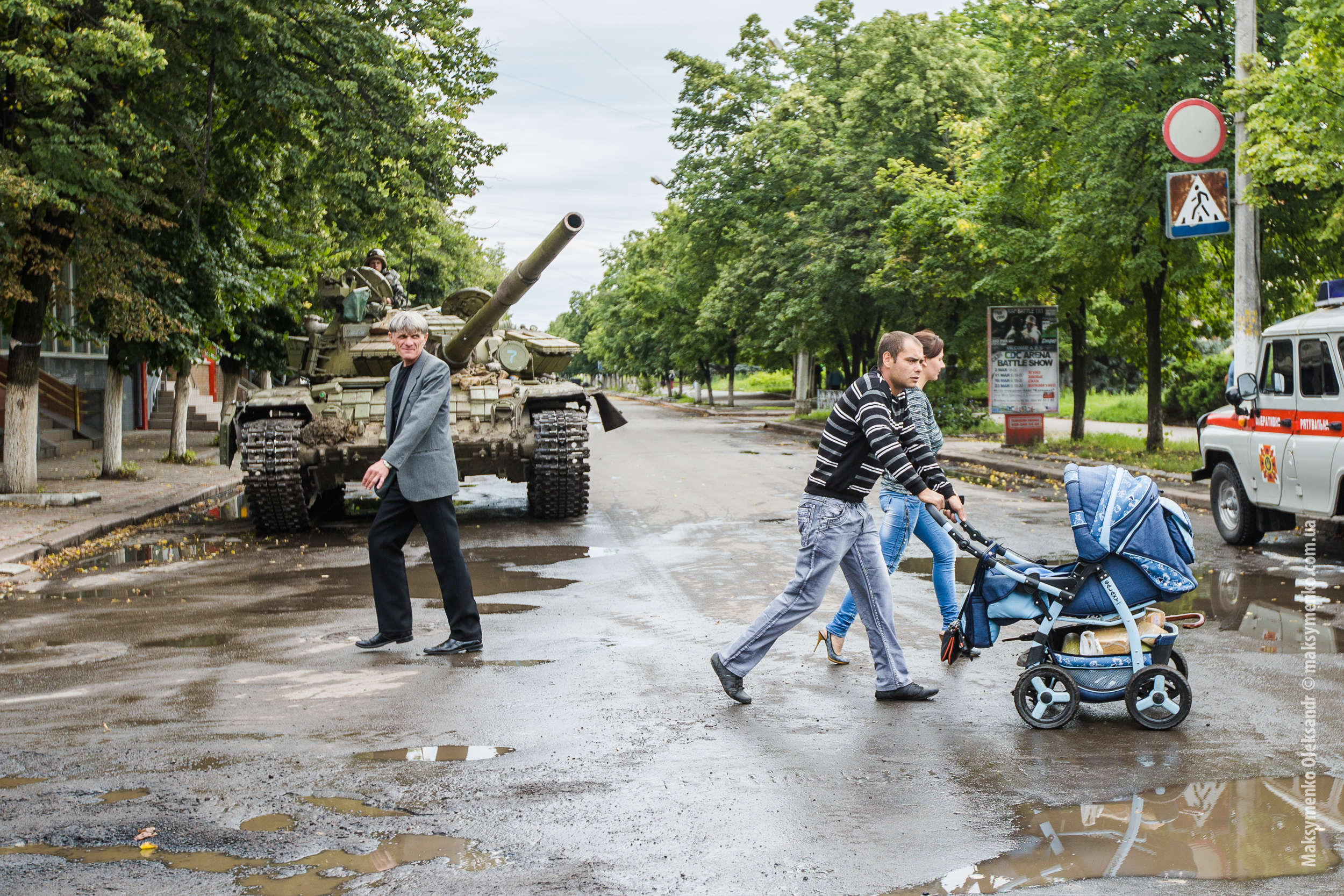


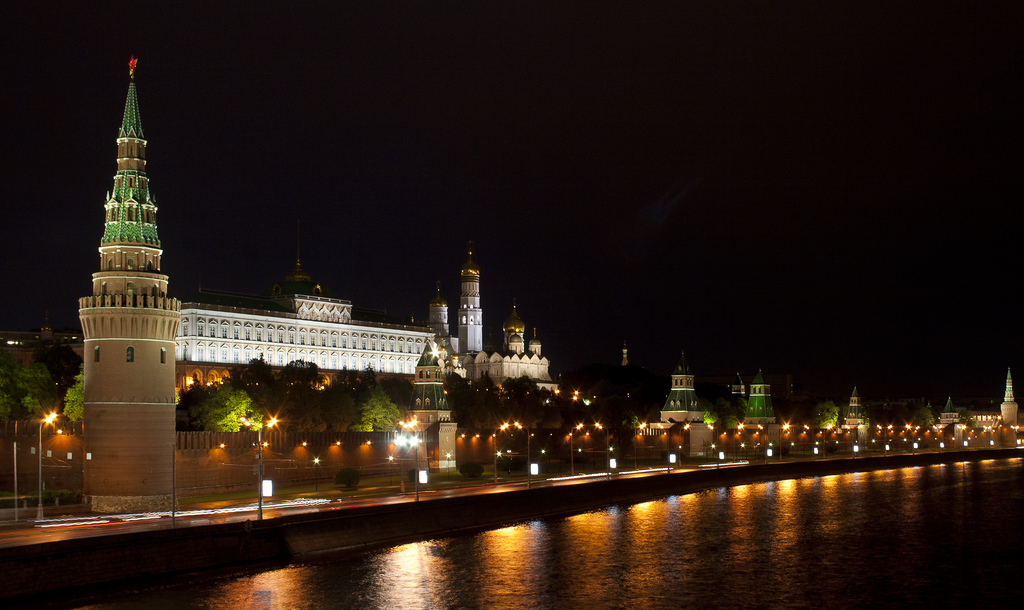
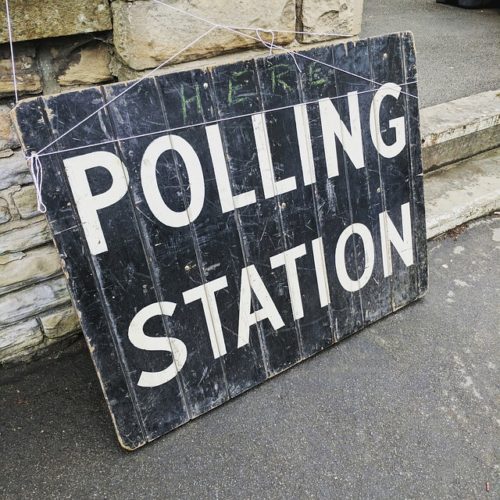
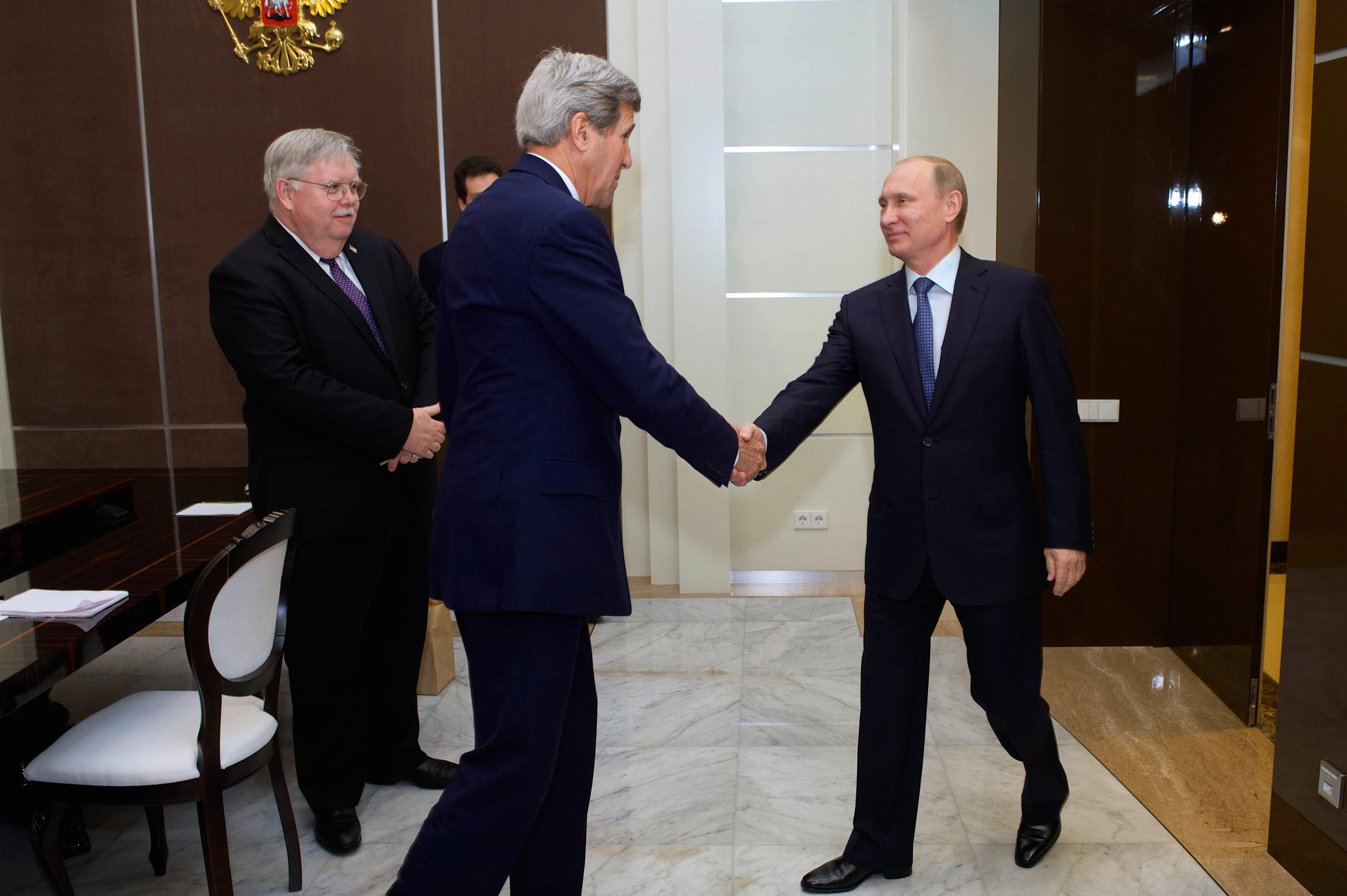
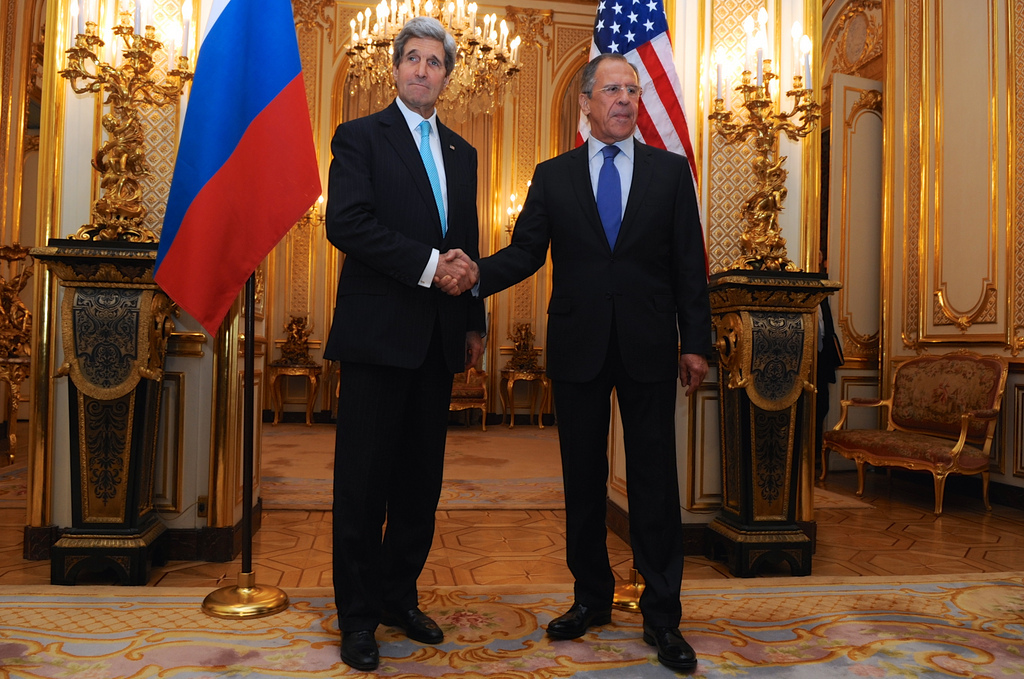
5 comments
This reads as if it were written in the basement of the Pentagon. It is really time for a higher level of propaganda quality.
Really? Unless it’s common training for militias and deserting conscripts to know how to use tear gas to clear buildings, it certainly sounds like someone with advanced training from somewhere else was involved. And the list of people who would seize Ukrainian government buildings in eastern Ukraine is fairly short.
“There is general acceptance of Russia being involved in shooting down the plane” – regardless of the total absence of evidence, of course. And regardless of the fact that the only countries to shoot down airliners with SAMs are the USA and Ukraine.